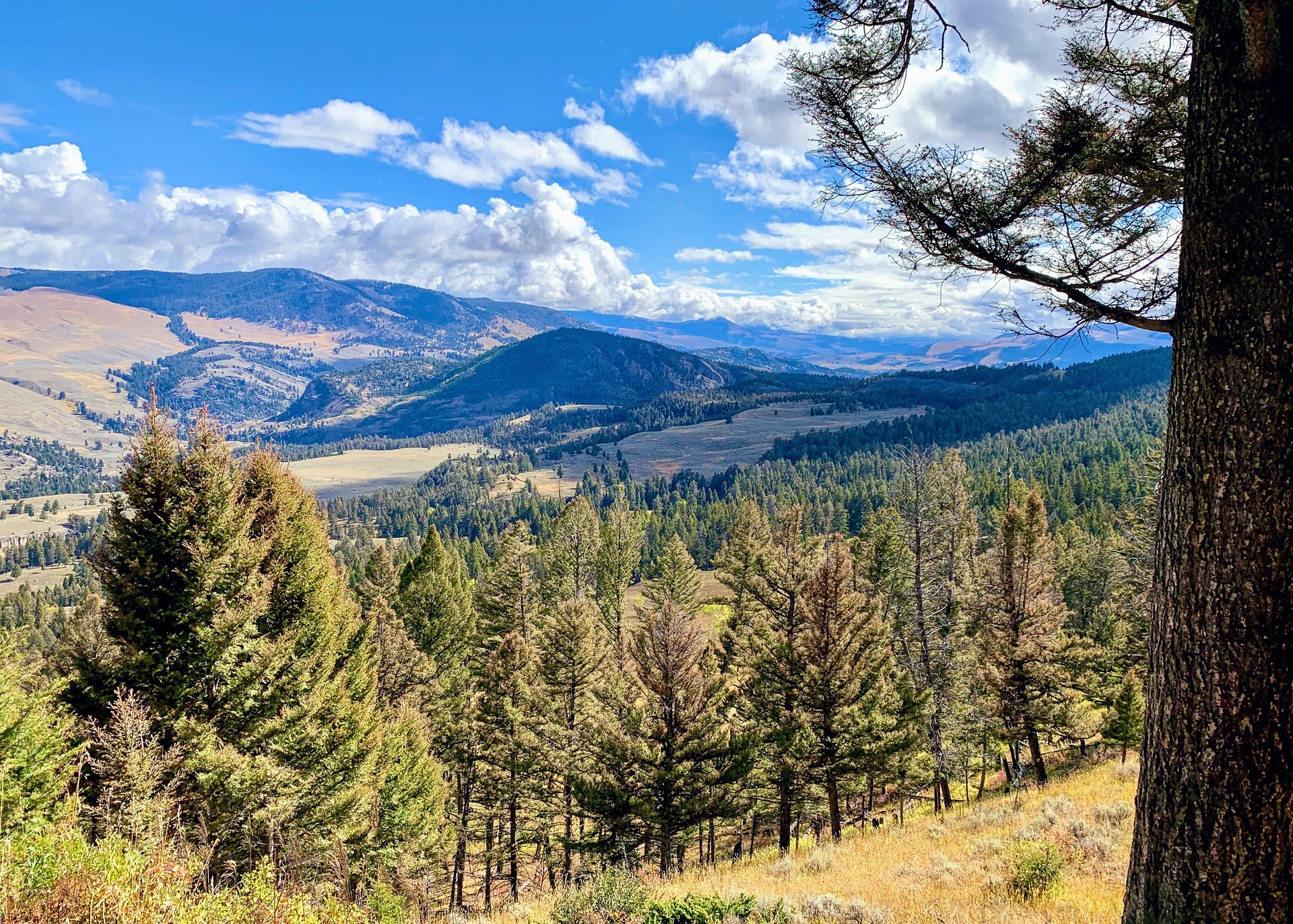The Best Fall Hikes In Yellowstone
Posted by Explore Gear Outdoors on 10th Feb 2023
The best time of year to hike in Yellowstone is definitely during the late summer and fall. The trails are free from snow, the air is crisp and clean, the animals aren’t yet sleeping, and the skies are blue! In addition to the cooler temperatures, there are also no mosquitoes, and less tourists are around compared to the summer months.
The wildlife is buzzing and the scenery is gorgeous everywhere in Yellowstone. During the fall Yellowstone’s grizzly and black bears are still out and about trying to pack on the pounds before winter, make sure you pack bear spray. Other wildlife you might see includes Bison, Mule Deer, Bighorn Sheep, Pronghorn Sheep, Wolves, Coyotes, Mountain Lions, tons of fish and birds, and more!
Check out our top picks for fall hiking in the world’s oldest national park, Yellowstone.
Beaver Ponds Loop
The Beaver Ponds loop is near Yellowstone’s North Entrance, and known for being the safest area to watch the rutting elk. The area is roughly five miles, making it the perfect day hike with tons of opportunity to see wildlife. It truly is a gorgeous view with the mix of the conifer woods, meadows, sagebrush and aspen trees. Keep your eyes peeled for Moose, Bison, and Elk.
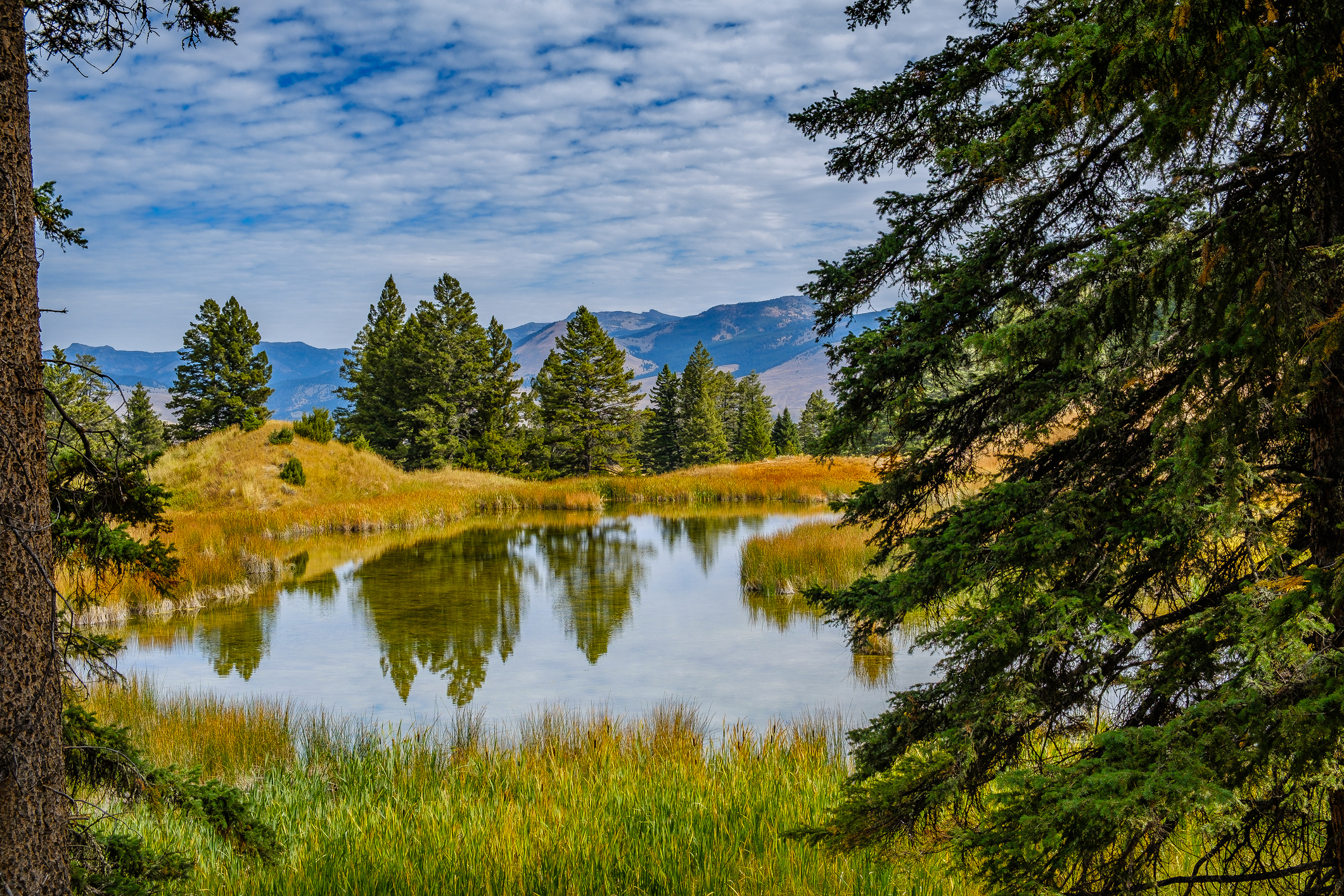
Bunsen Peak
Not far from the Beaver Ponds Loop is another popular day hike. This 4.2 mile hike gains more than 1,300 feet ascending to the summit of Bunsen Peak, which is between Golden Gate and Sheepeater canyons. It is one of the Mammoth Hot Springs area’s major landmarks. This area is well-maintained with wide open views, giving you the best scenic bang for your buck. Gaze out across the vast lowlands of Swan Lake Flat and Gardners Hole, or to the gray, blocky peaks of the Gallatin Range.
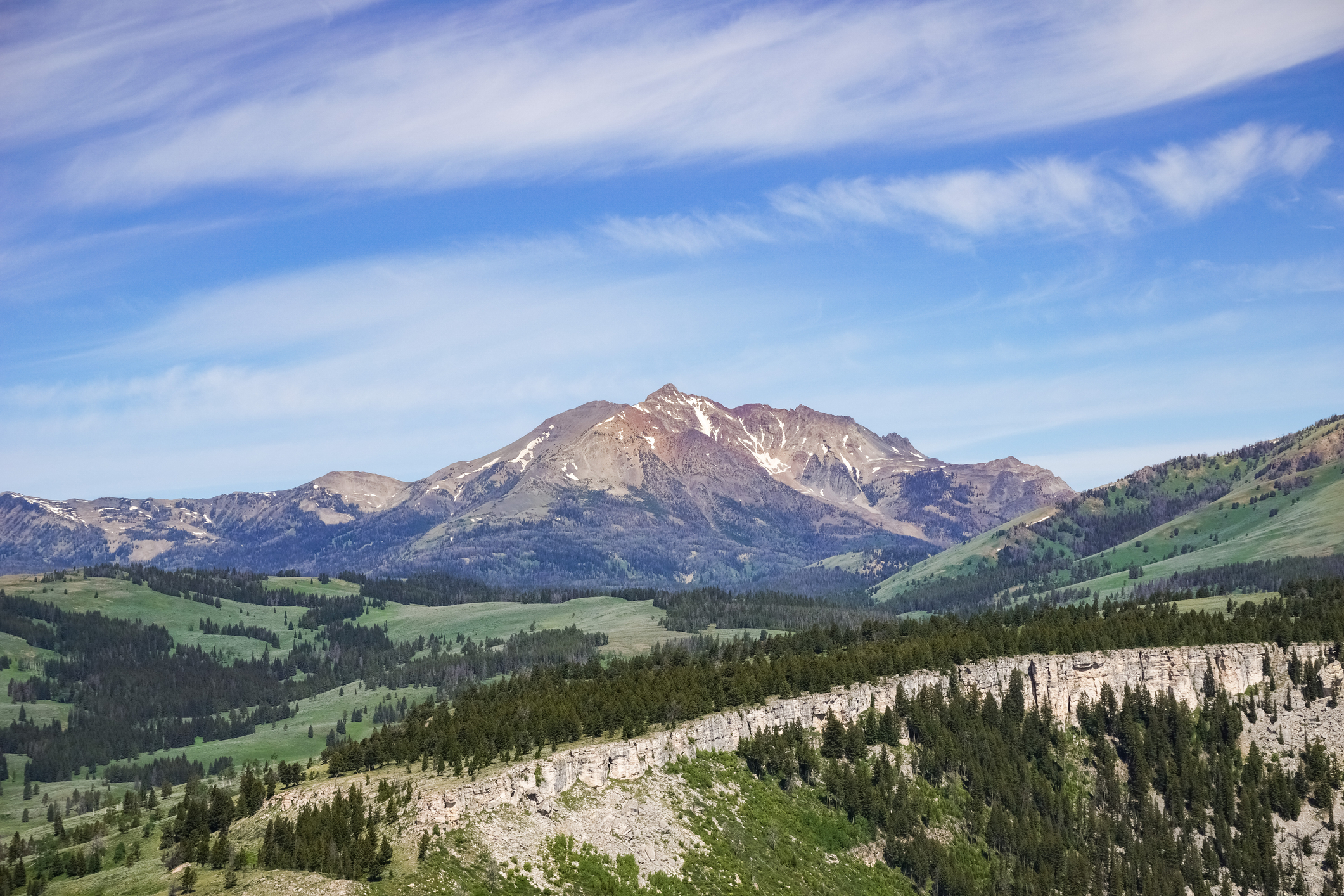
Slough Creek/Bliss Pass
A hike between Slough Creek and Pebble creek offers ravishing views through a wildflower meadow as well as tons of opportunity for wildlife encounters. Once you ascend the valley, you can fish for trout, pick berries, go rock climbing, or set up camp at the Pebble Creek Campground. Keep in mind where there are berries, there are probably bears. This trek is about 20 miles round trip.
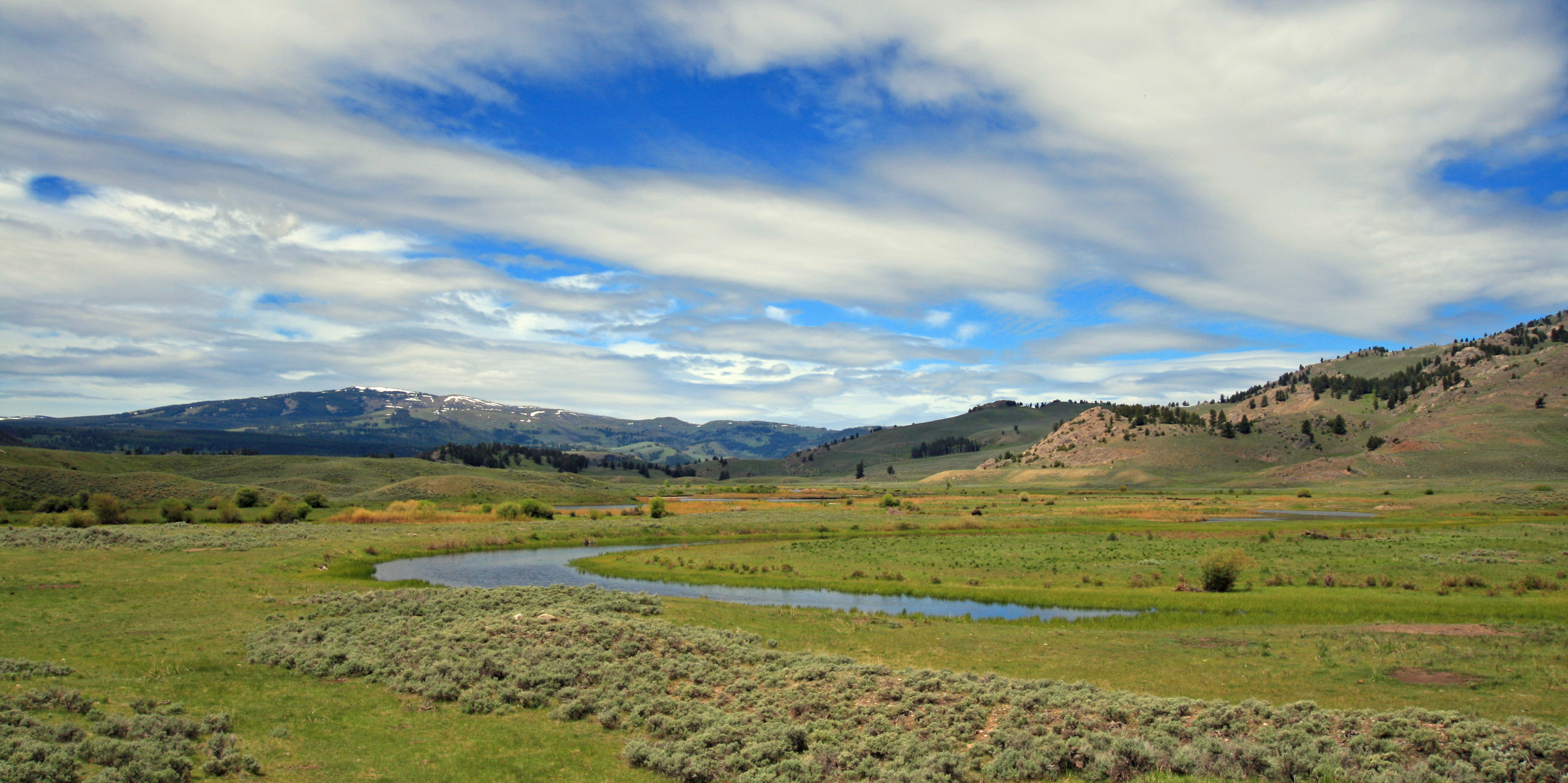
Trout Lake
Trout Lake is a much shorter and easier sample of northeastern Yellowstone’s Northern Range splendor. This trail is just a short way southwest of the Pebble Creek Campground. A tad past a mile in length, the path climbs through the forest to reach the little lake. Enjoy aspen-scattered sightlines up toward the grand cliffs of Mount Hornaday. Don’t forget your fishing pole!
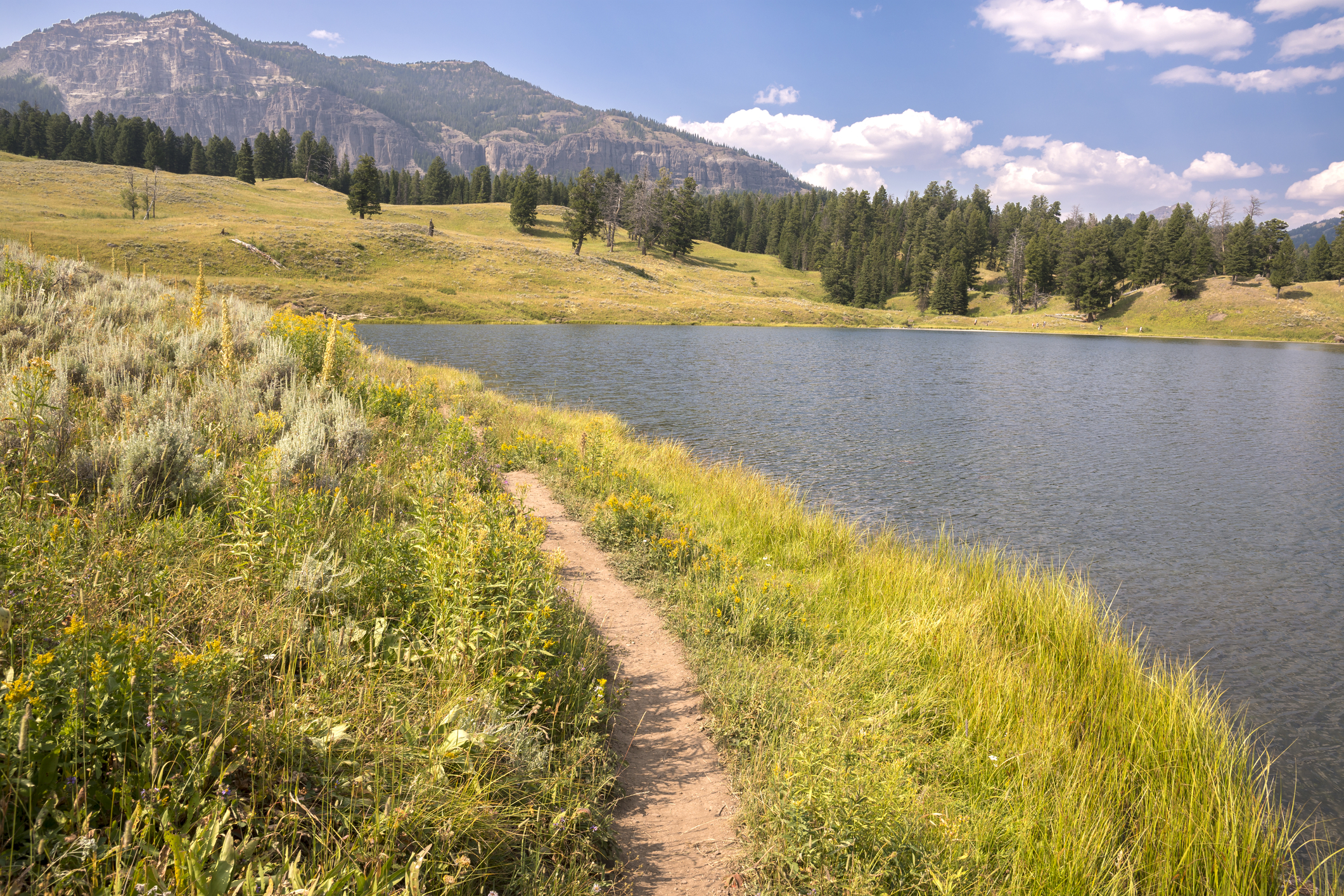
Upper Geyser Basin
If you want to see a wonderland of geysers, hot springs, and pools, the Upper Geyser Basin is for you! One of Yellowstone’s quintessential (and most-thronged) trails, the loop through the Upper Geyser Basin gives you the opportunity to see the world’s most incredible collection of geysers pluming heavily with steam in the brisk air.
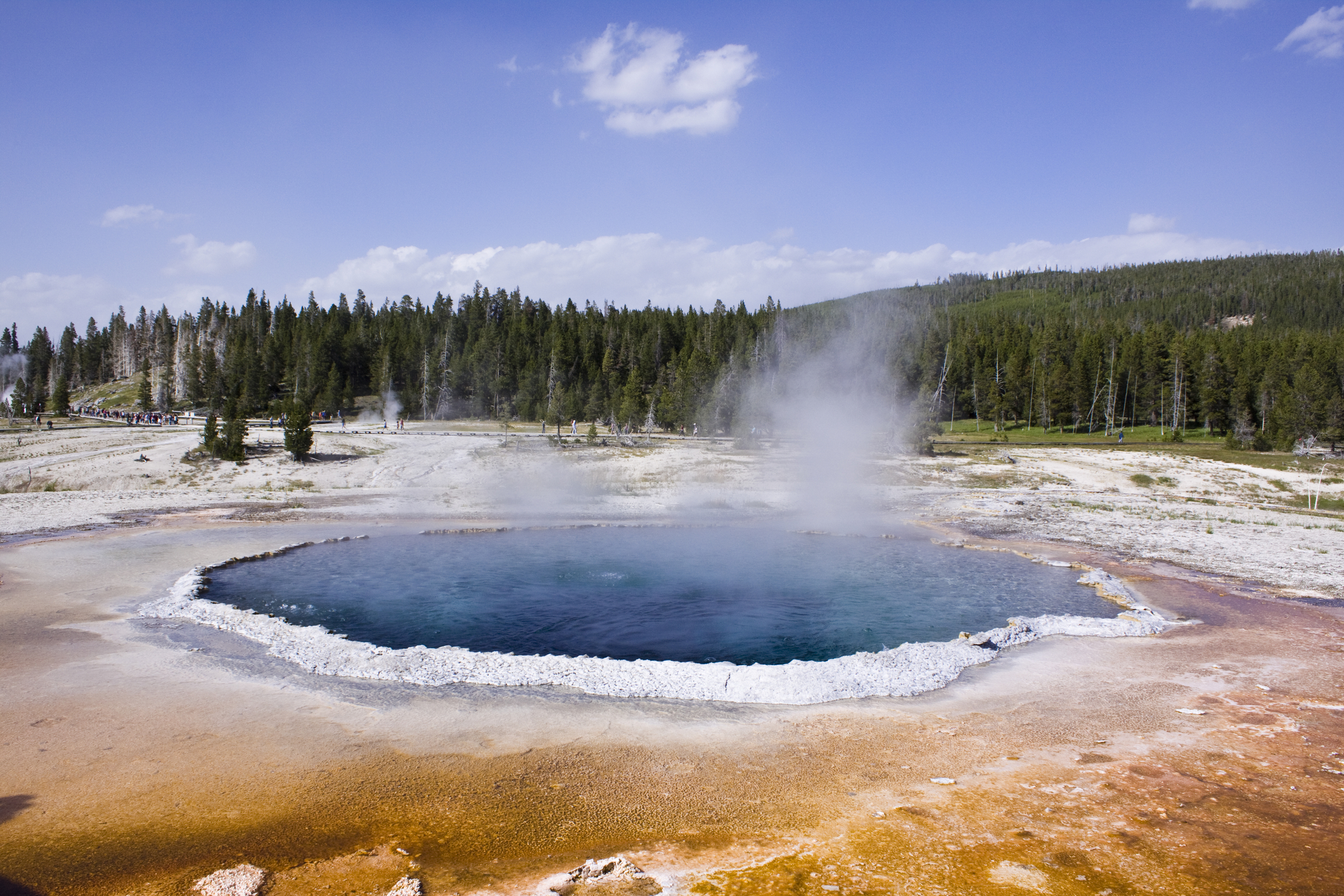
Thorofare Trail
The Thorofare Trail is a major undertaking to tackle at 67.5 miles, but is worth it for the unique fall-color show the area puts on. There are tons of guide services that will accompany you on your adventure. Guides typically have inside knowledge of where to find wildlife, and where the best views are.
